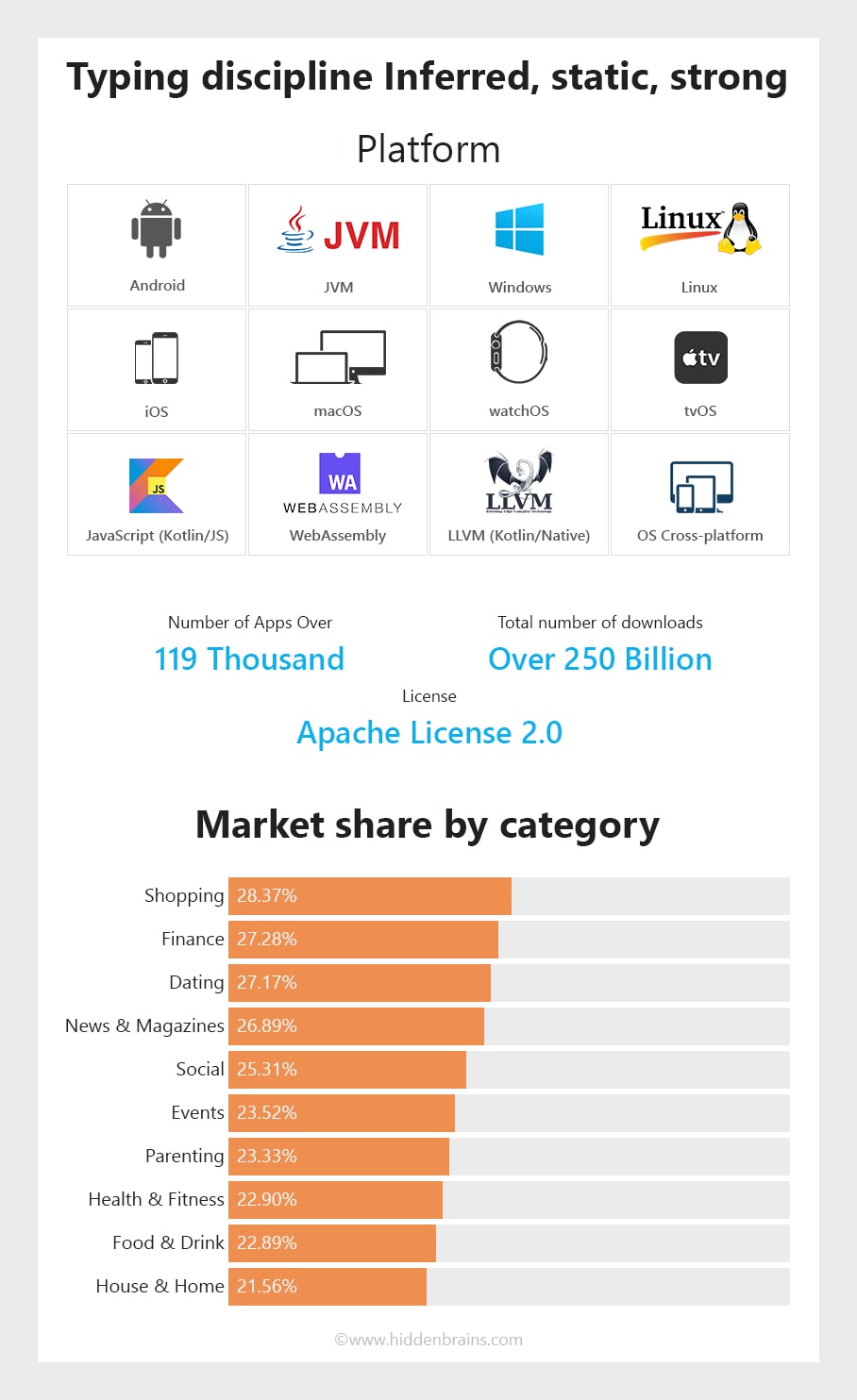

#KOTLIN CODEPOINTS PLUS#
and attempt to port stb completely on jvm (unfinished)Īnd lately it also includes a counterpart of gln for vulkan, vkk, plus an util for making short-live allocations easy and free, kool.ĭon't hesitate to contribute to the project by submitting issues or pull requests for bugs and features.You can either go for the simple: val string = codePoints.joinToString("").mousePole, an util for camera management.So that you can for example textureName.forEach(::glDestroyTexture) This library builds on top of kotlin-codepoints. On all other platforms the implementation in this library is used. an experimental kotlin stlib on intBuffers. It contains well written, well thought and well explained computer science and programming articles, quizzes and practice/competitive programming/company interview Questions. CodePoints.toCodePoint(highSurrogate, lowSurrogate) CodePoints.toChars(codePoint) CodePoints.toChars(codePoint, destination, offset) On the JVM the platform implementation (.) is used.an cap class for a deep and complete resume about a machine opengl capabilities.methods for allocating very easily many different type of buffers from a lot of different data type, such as different arrays and so on This library aims to make some methods of the Java standard library available to Kotlin multiplatform projects. Use the method in io. package in your next Kotest project with LambdaTest Automation Testing Advisor. If it is allowed in your case, you could compress the html text by decoding html references and using NFC Unicode normalization form to combine some Unicode codepoints: import unicodedata from HTMLParser import HTMLParser unicodetext unicodedata.normalizeNFC, HTMLParser().And this is also faster because it's all on the jvm! I actually asked for this multi-callback in the native glfw, but in the meanwhile we can already use it. I've been chosen that so they can be easier ordered, the default callback has always this key: NCharCallback where n stays for native is the only and real callbackĬharCallback is just a comfortable interface to automatically set/get a single callbackĬharCallbacks is the SortedMap containing all the current callbacks
#KOTLIN CODEPOINTS WINDOWS#
On Unix, just n is enough for a newline, whereas many programs on Windows require rn. In Java, r is always carriage return, and n is line feed. Note: This library is a side project and work in progress.
#KOTLIN CODEPOINTS CODE#
Different operating systems use different line separators. Kotlin Multiplatform (KMP) library that adds basic support for Unicode code points. Val window = GlfwWindow(1280, 720, "OpenGL example").apply 6 Answers Sorted by: 39 It depends on what you mean by 'multiple lines'. You can have up and running a whole gl clear example in just a couple of lines: glfw.init("3.3") To convert the specified character (Unicode code point) to its UTF-16 representation, use the Character.toChars() function, which returns a char array. So, code more compact, type-safe, clear and intuitive. Its main usage is basically as wrapper for the lwjgl glfw binding.Ī kind of a gln for glfw. In this example, we will initialize a StringBuilder object, and get the stream. a single at the end of the string, just ignore it. The function returns IntStream of Unicode code points. The general contract of hashCode is: fun hashCode(): Int Common JVM JS Native 1. fun get(index: Int): Char Native 1.3 hashCode Returns a hash code value for the object. A grapheme cluster is made of two or more Unicode code points. This is kind of a small suite, born and shaped around GL, it includes the gln dependencies, such as unsigned support, glm and gli. PrimitiveIterator import import -58,6 +59,7. Implementations must fulfil the following requirements: fun equals(other: Any): Boolean Common JVM JS Native 1.0 get Returns the character of this string at the specified index. Internally characters in Kotlin are stored in the form of 16-bit Unicode grapheme clusters. You can just declare a file holding all the constants (for example Constants.kt or you can also put them inside any existing Kotlin file) and directly declare the constants inside the file. You can find all the instructions by mary uno You dont need a class, an object or a companion object for declaring constants in Kotlin.


 0 kommentar(er)
0 kommentar(er)
